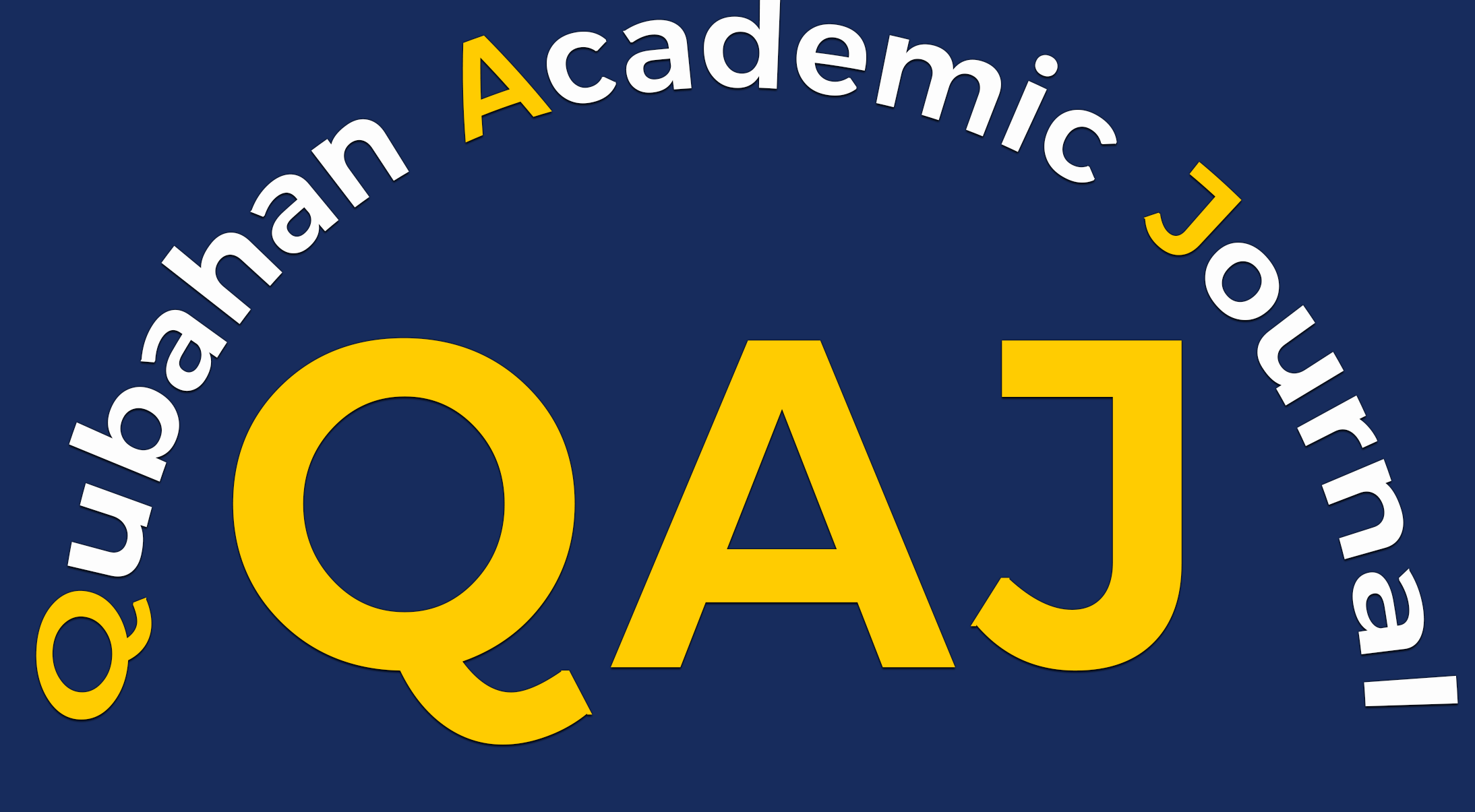Comparative Analysis of Process Innovation Strategies: A Study of Family and Non-Family Indian IT Firms
DOI:
https://doi.org/10.48161/qaj.v4n1a493Abstract
This conceptual paper delves into the dynamic realm of process innovation within the Indian Information Technology (IT) sector, scrutinizing the unique strategies and methodologies adopted by both family and non-family-owned firms. Employing a comprehensive analysis, we aim to uncover distinct approaches employed by these entities to drive and effectively implement process innovation. This paper contributes valuable insights into the intricate interplay of familial structures and corporate innovation, shedding light on how these factors shape the trajectory of technological advancements in the Indian IT landscape.
Downloads
References
Barras, R. (1986). Towards a theory of innovation in services. Research Policy, 15(4), 161-173. https://doi.org/10.1016/0048-7333(86)90012-0
Cohen, W. M., & Levinthal, D. A. (1990). Absorptive Capacity: A New Perspective on Learning and Innovation. Administrative Science Quarterly, 35(1), 128-152. https://doi.org/10.2307/2393553
Daft, R. L. (1982). Bureaucratic versus Nonbureaucratic Structure and the Process of Innovation and Change. In S. B. Bacharach (Ed.), Research in the Sociology of Organizations (pp. 129-166). Greenwich, CT: JAI Press Inc.
Damanpour, F. and Gopalakrishnan, S. (2001) The Dynamics of the Adoption of Product and Process Innovations in Organizations. Journal of Management Studies, 38, 45-65.
https://doi.org/10.1111/1467-6486.00227
Damanpour, F., & Evan, W. M. (1984). Organizational innovation and performance: The problem of "organizational lag." Administrative Science Quarterly, 29(3), 392–402. https://doi.org/10.2307/2393031
D'Aveni, R. A. (1996). A Multiple-constituency, Status-based Approach to Interorganizational Mobility of Faculty and Input-output Competition among Top Business Schools. Organization Science, 7(2). https://doi.org/10.1287/orsc.7.2.166
Dougherty, D., & Hardy, C. (1996). Sustained product innovation in large, mature organizations: Overcoming innovation-to-organization problems. Academy of Management Journal, 39(5), 1120–1153. https://doi.org/10.2307/256994
Furman, J. L., Porter, M. E., & Stern, S. (2002). The determinants of national innovative capacity. Research Policy, 31(6). https://doi.org/10.1016/S0048-7333(01)00152-4
Mahesh, M. V., & Phani, K. R. (2023). Spiritual Leadership and Innovation Capacity in Indian Entrepreneurial Firms: The mediating role of Organizational Learning. Journal of Informatics Education and Research, 3(2). https://jier.org/index.php/journal/article/view/236
Utterback, J.M. and Abernathy, W.J. (1975) A Dynamic Model of Process and Product Innovation. Omega, 3, 639-656.
Muhammad Sajid Javed (2024). THE IMPACT OF LANGUAGE ON CULTURE AND TO UNDERSTAND SECOND LANGUAGE FOR COMMUNICATION, HUMAN LIFE, AND SOCIETY. EPH - International Journal of Humanities and Social Science; 9(1): 1-7. DOI: https://doi.org/10.53555/eijhss.v9i1.175
Dr. Monirul Islam Akhand, Dr. Md. Abdul Hamid, Dr. Md. Nazrul Islam, & Shimla Akter. (2024, February 14). Influence of Corporate Social Responsibility on Financial Performance of Listed Private Commercial Banks in Bangladesh: An Econometric Analysis. EPH - International Journal of Humanities and Social Science, 9(1), 8–19. https://doi.org/10.53555/eijhss.v9i1.177
Downloads
Published
How to Cite
Issue
Section
License
Copyright (c) 2024 Qubahan Academic Journal

This work is licensed under a Creative Commons Attribution-NonCommercial-NoDerivatives 4.0 International License.











